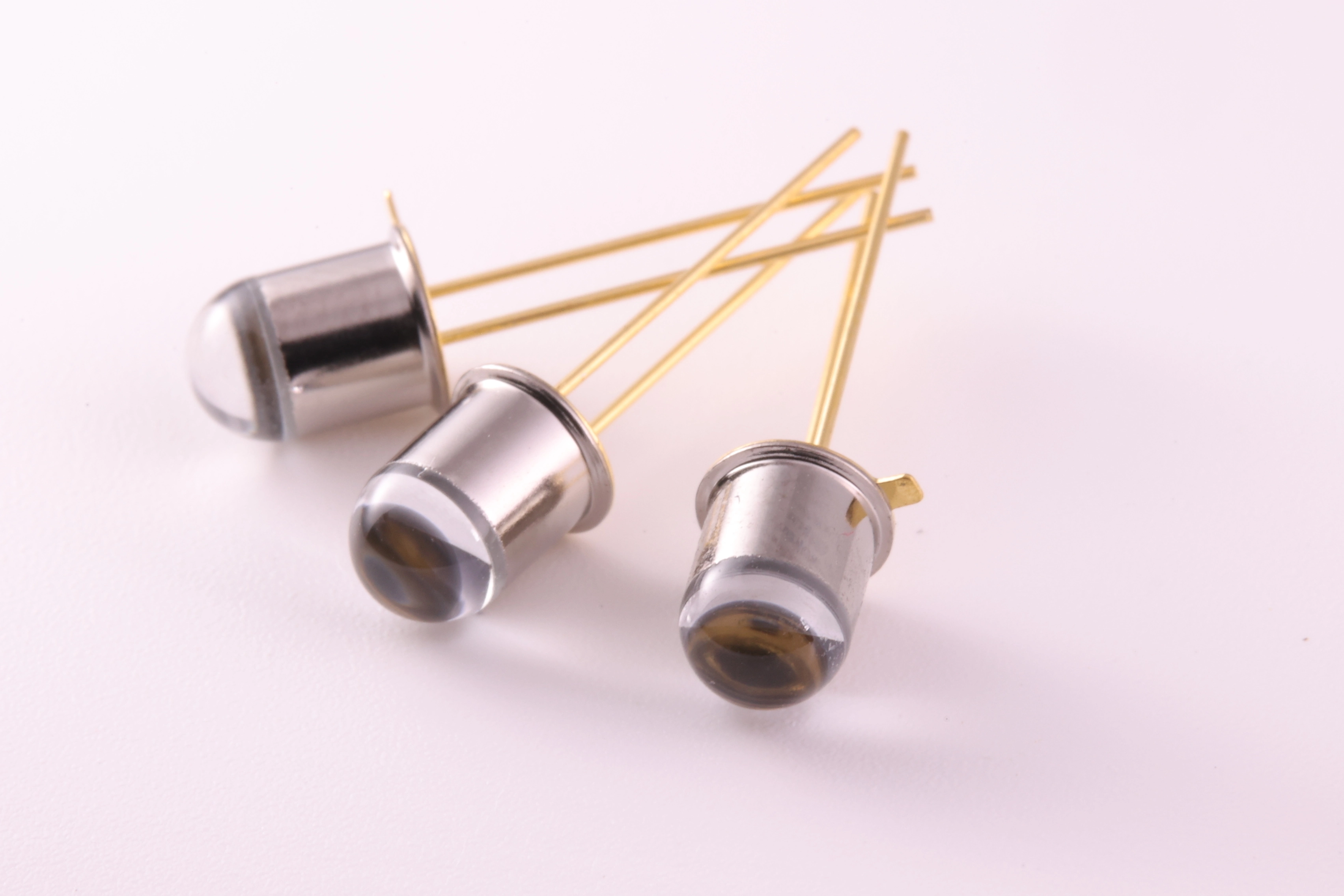How UV Light Diodes Are Transforming Industrial Curing Processes
Ultraviolet (UV) light diodes are revolutionizing industrial curing processes, offering a faster, more efficient, and more cost-effective alternative to traditional curing methods. In the past, curing processes relied on mercury-based lamps, which were not only energy-intensive but also posed environmental and health risks. The introduction of UV light diodes has transformed the industry, enabling manufacturers to produce high-quality products while reducing their environmental footprint.
The Benefits of UV Light Diodes
UV light diodes offer several benefits over traditional curing methods. They are more energy-efficient, using up to 90% less energy than mercury-based lamps. This not only reduces energy costs but also minimizes the environmental impact of the curing process. Additionally, UV LED diode have a longer lifespan than traditional lamps, lasting up to 50,000 hours or more, compared to 1,000 to 2,000 hours for mercury-based lamps. This reduces maintenance costs and downtime, increasing overall productivity.

Faster Curing Times
One of the most significant advantages of UV light diodes is their ability to cure materials faster than traditional methods. This is because UV light diodes emit a specific wavelength of light that is tailored to the curing process, allowing for faster and more efficient curing. This faster curing time enables manufacturers to increase production rates, reducing lead times and improving overall efficiency. Additionally, faster curing times reduce the risk of defects and errors, resulting in higher-quality products.
Improved Product Quality
UV light diodes also offer improved product quality compared to traditional curing methods. The specific wavelength of light emitted by UV light diodes allows for precise control over the curing process, resulting in a more consistent and uniform finish. This is particularly important in industries such as automotive and aerospace, where high-quality finishes are critical. Additionally, UV light diodes reduce the risk of over-curing or under-curing, which can result in defects and errors.
Increased Flexibility
UV light diodes also offer increased flexibility compared to traditional curing methods. They can be easily integrated into existing production lines, allowing manufacturers to quickly and easily switch between different products and production runs. Additionally, UV light diodes can be used to cure a wide range of materials, including inks, coatings, and adhesives. This flexibility enables manufacturers to produce a wider range of products, increasing their competitiveness and profitability.
Environmental Benefits
The use of UV light diodes also offers significant environmental benefits. They are free of toxic materials, such as mercury, which is found in traditional lamps. This reduces the risk of environmental pollution and contamination, protecting both workers and the environment. Additionally, UV light diodes reduce energy consumption, which reduces greenhouse gas emissions and minimizes the environmental impact of the curing process.

Future Developments
The use of UV light diodes in industrial curing processes is expected to continue to grow and evolve in the coming years. Advances in technology are expected to improve the efficiency and effectiveness of UV light diodes, enabling even faster and more efficient curing times. Additionally, the development of new materials and applications is expected to expand the use of UV light diodes into new industries and markets.
Conclusion
In conclusion, UV light diodes are transforming industrial curing processes, offering a faster, more efficient, and more cost-effective alternative to traditional curing methods. The benefits of UV light diodes, including faster curing times, improved product quality, and increased flexibility, make them an attractive option for manufacturers looking to improve their production processes. As the technology continues to evolve, we can expect to see even more innovative applications of UV light diodes in industrial curing processes.








